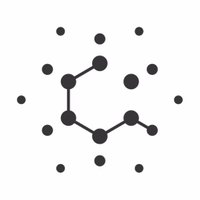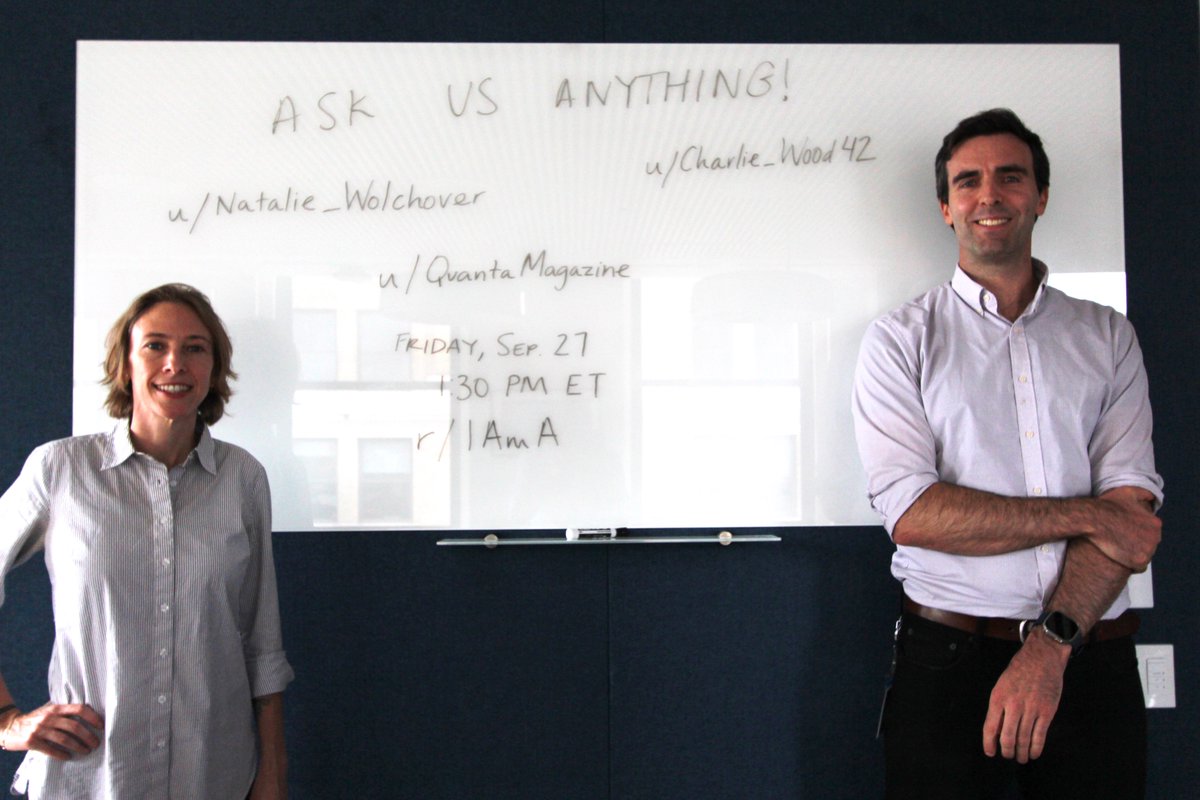
Ben Brubaker
@benbenbrubaker
Staff writer @QuantaMagazine covering computer science. Former freelance physics writer, ex-physicist. Same handle at bluesky and mastodon.
ID: 1343235017669898240
https://benbrubaker.com/ 27-12-2020 16:40:02
1,1K Tweet
2,2K Followers
1,1K Following




In February, four computer scientists set out to develop an algorithm for simulating quantum systems. Along the way, they accidentally proved that entanglement in those systems vanishes completely above a certain temperature. My latest for Quanta Magazine: quantamagazine.org/computer-scien…



Ask us anything you want about physics! Our senior editor Natalie Wolchover and writer Charlie Wood are hosting a Reddit AMA today at 1:30 PM. reddit.com/r/IAmA/comment…


For Quanta Magazine, I wrote about a new synthesis of the two most remarkable proof methods in computer science. The new technique keeps the details of a correct proof absolutely secret, yet instantly broadcasts any error in a flawed one: quantamagazine.org/computer-scien…

John Hopfield and Geoffrey Hinton have won this year’s The Nobel Prize in physics for developing methods that have shaped modern powerful machine learning algorithms. The unusual choice highlights the way that physics inspired some of the earliest neural networks. 🧵


My latest in Quanta Magazine: the best known method for finding shortest paths through a network is even better than researchers thought. It’s a surprising new discovery about an algorithm that's nearly 70 years old. quantamagazine.org/computer-scien…

Out of all possible Turing machines with n rules, the 'Busy Beaver' is the one that runs longest. BB(4), discovered in '66, runs for 104 steps. It's taken >50 years to prove BB(5) runs for 47,176,870! Ben Brubaker with one of 2024's best maths stories quantamagazine.org/amateur-mathem…

Today in Nature, the first experimental demonstration that scaling up a quantum error-correcting code makes it better. It's a critical step on the path to useful quantum computers. Read more in Quanta Magazine: quantamagazine.org/quantum-comput…

I was thrilled to hear about the surface code when Alexei Kitaev visited Caltech in April 1997. It's heartening to see the hardware catching up with the theory of quantum error correction. There's still far to go but encouraging progress Google Quantum AI. quantamagazine.org/quantum-comput…

This year, researchers got a better look at chatbots’ thoughts, amateurs learned just how complicated simple systems can be, and codes became expert self-fixers. Read editor Bill Andrews’ (Bill Andrews) list of the year’s biggest developments in theoretical computer science:


My latest in Quanta Magazine: why theoretical computer scientists like to pose questions to imaginary black boxes: quantamagazine.org/why-computer-s…

Can neural networks learn languages that are impossible for humans? My latest story for Quanta Magazine explores how making language models worse at learning might make them better tools for linguists: quantamagazine.org/can-ai-models-…

In this episode of Polylogues, Ben Brubaker and Boaz Barak discuss Boaz’s path TCS, theory and practice in cryptography and AI, and specific topics in AI, including generality, alignment, worst- vs. average-case performance, and watermarking. youtu.be/rM1PeAWDNWQ?si…



